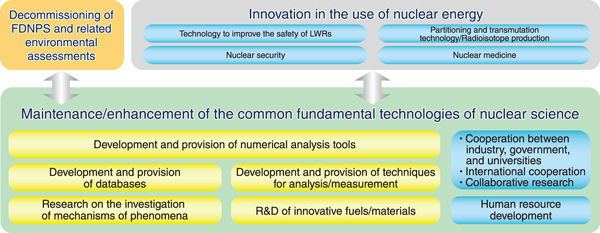
Fig.1 Overview of nuclear science and engineering research
The application of nuclear energy in fields such as nuclear power, medicine, and industry is based on a foundation of shared core technologies and knowledge bases. These nuclear databases, simulation analysis codes, and analytical and measurement techniques, as well as a deep comprehension of the underlying mechanisms of these phenomena. Our commitment to continuous advancement is evident from the infusion of cutting-edge discoveries and technologies into our research and development endeavors. Additionally, international collaboration and joint research play a significant role in nurturing expertise in the field of nuclear energy. In this chapter, we present the outcomes of our recent research and development undertakings (Fig.1).
With regard to nuclear energy utilization, the precise estimation of quantities of nuclear material and isotope ratios is imperative. Toward this end, we have pioneered the development of the world’s first Active-N device, which adopts a combination of three nondestructive analysis methods to accurately measure the quantity of nuclear material in irradiated nuclear fuel. The insights gained from Active-N can potentially be extended to materials besides fuel debris, and thus can be applied in the field of nuclear security and the development of nondestructive analysis instruments (Topic 4-1).
Fundamental nuclear data, encompassing unique information about atomic nuclei such as nuclear reaction cross sections, serve as the basis for nuclear energy applications. In a significant progress, we consolidated nuclear reaction data, including not only neutron reactions but also proton and deuteron reactions, culminating in the release of JENDL-5 in November 2021. JENDL-5 is anticipated to be extensively employed in radiation-intensive domains and is poised to catalyze research and development across a spectrum of sectors (Topic 4-2).
With regard to transmutation technology, specifically in relation to minor actinides (MAs), based on accelerator-driven systems (ADS), we have developed a dedicated nitride fuel cycle. This innovation empowers the processing of high MA concentrations and introduces a novel approach, in which MA-platinum group compounds are used to minimize the use of corrosive gases such as chlorine. Additionally, we are working toward developing a dry reprocessing process with enhanced MA recovery rates, thus bolstering our commitment to achieve effective MA utilization (Topic 4-3).
Stainless steel, which is an important material for nuclear systems such as reactors and reprocessing systems, suffers problems such as localized corrosion, particularly crevice corrosion. Our research focused on copper ions (Cu2+), which are known to exhibit their corrosion-inhibiting attributes. By leveraging a chelation technique, we developed a technique to effectively introduce Cu2+ ions into crevices of stainless steel equipment to mitigate corrosion hazard. The potential of this technique can be extended to exploring more potent corrosion inhibitors, thus boosting our materials development efforts (Topic 4-4).
Alloying is a promising strategy for improving the mechanical properties of materials. However, the predictive complexities of the influence of added elements have been daunting. With the aid of computational science, we formulated an approach to calculate the distinct electronic states of added elements and to subsequently evaluate the mechanical attributes. This pioneering approach facilitates the systematic evolution of materials and holds promise for revolutionizing materials development strategies (Topic 4-5).
Furthermore, the efficacy of uranium behavior at oil-water interfaces forms the core of nuclear fuel reprocessing. Through the innovative vibrational sum frequency generation (VSFG) spectroscopy, we revealed the phase-transfer mechanism of uranium. This breakthrough sets the stage for developing pioneering solvent extraction techniques that redefine uranium separation methodologies, with potential implications across industries (Topic 4-6).
In the field of radiotherapy, there is concern about the inevitable irradiation of normal tissues and the risk of secondary effects, including secondary cancers. We developed the “RadioTherapy package based on Particle and Heavy-ion Transport code System” (RT-PHITS) for the carbon ion radiotherapy (CIRT) system to mitigate this risk. This groundbreaking system meticulously evaluates dose distribution for the entire body, including the normal tissues. Its integration into treatments at the Japan Quantum Science and Technology Agency, a leader in heavy-ion radiation therapy, holds transformative potential (Topic 4-7).
The ADS has garnered attention as a strategic approach to reduce the volume and toxicity of radioactive waste. ADS leverages neutrons produced by spallation reactions from proton beams to facilitate the conversion of radioactive materials into less hazardous substances. Our study offers critical insights and addresses the dearth of experimental data on neutrons generated by low-energy spallation. These findings not only enhance nuclear reaction models but also significantly boost ADS development and accelerator facility design (Topic 4-8).